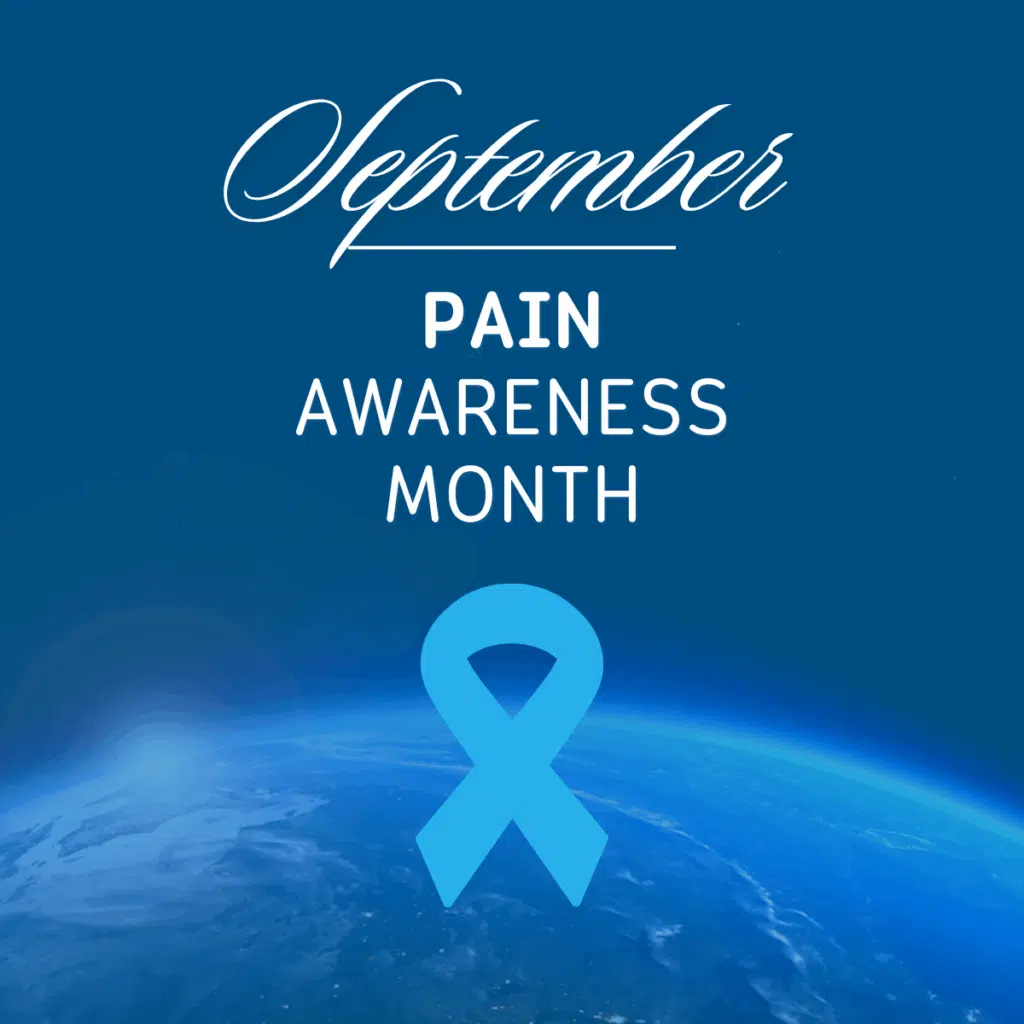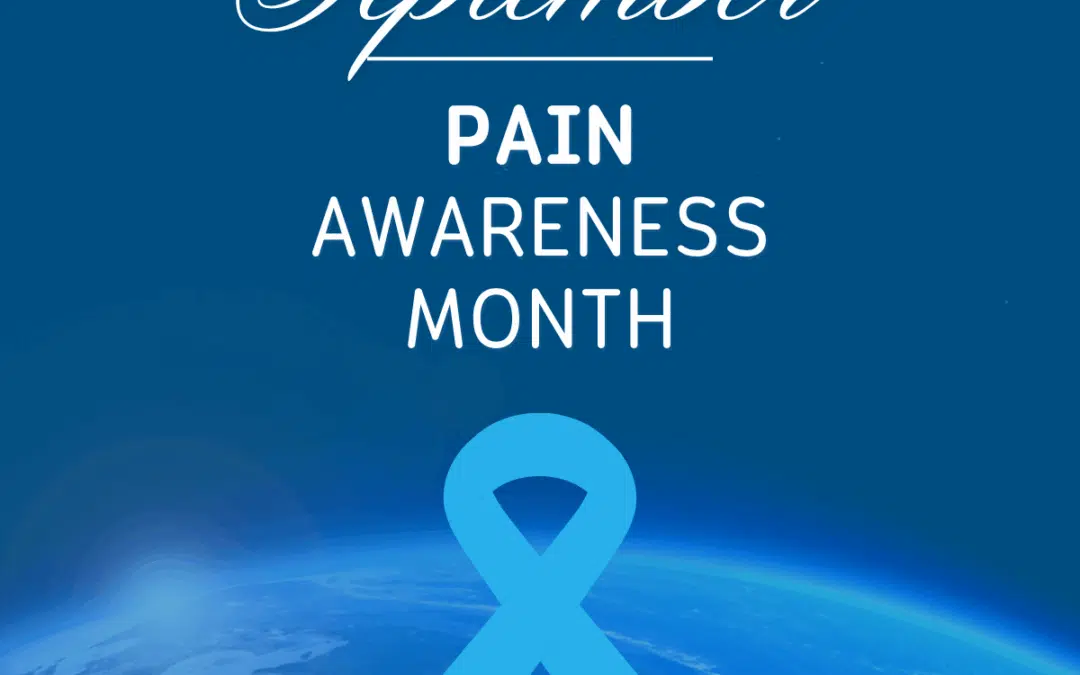
Understanding Chronic Pain: Awareness, Hope, and Healing
Every September, Pain Awareness Month shines a much-needed spotlight on a condition that affects millions of people, yet is still widely misunderstood. Chronic pain is more than just a lingering ache or soreness. For many, it’s a daily reality that impacts every aspect of life—from sleep and work to relationships and mental health.
Whether you’re living with chronic pain, supporting someone who is, or just want to understand it better, our iSpine experts will help break down the essentials. Let’s explore what chronic pain is, what causes it, how it’s diagnosed and treated, and the powerful connection between body and mind.
What Is Chronic Pain?
Pain is considered chronic when it lasts for more than six months, often long after an injury or illness should have resolved. It can show up as a dull ache, burning, throbbing, stabbing, or a mix of sensations, and it can be constant or come and go.
Chronic pain doesn’t always have a clear cause, and that’s part of what makes it so challenging. For some, it stems from an injury or underlying medical condition. For others, it seemingly appears out of nowhere, complicating the diagnostic process.
Common Causes and Diagnoses
Chronic pain can come from a wide variety of sources. Here are some of the most common causes:
- Injury: Sometimes, pain lingers long after an injury has healed, especially if there was nerve damage or improper healing.
- Autoimmune Disorders: Conditions like rheumatoid arthritis, lupus, and multiple sclerosis cause the immune system to attack the body, leading to widespread inflammation and pain.
- Musculoskeletal Issues: Fibromyalgia, chronic back pain, tension headaches, and TMJ disorders often fall into this group.
- Neuropathic Pain: Nerve damage from diabetes, shingles, sciatica, or chemotherapy can cause intense, often burning or shooting pain.
- Unknown Causes: Sometimes chronic pain exists without a definitive diagnosis. This can be frustrating and isolating for those experiencing it.
Diagnosing chronic pain usually involves ruling out other conditions through a combination of physical exams, imaging (like MRIs or X-rays), blood work, electromyography, neurological assessment, and sometimes nerve studies. But here’s the tough part: chronic pain is often invisible. That means someone might look “fine” on the outside while dealing with significant internal suffering.
Treatment Options: A Multidimensional Approach
There’s no one-size-fits-all solution when it comes to managing chronic pain. Effective treatment usually involves a combination of strategies tailored to the individual. Here are the most common options that iSpine clinicians recomend:
- Medications
- Over-the-counter: Acetaminophen, ibuprofen, and topical creams can help mild to moderate pain.
- Prescription meds: These might include antidepressants, anticonvulsants (like gabapentin), muscle relaxants, or opioids in limited and carefully monitored cases.
- Injections: Corticosteroid or nerve block injections can target specific pain areas.
- Physical Therapy
Our trained therapists help improve mobility, strengthen supporting muscles, and reduce pain through guided exercises and treatments like ultrasound or TENS (transcutaneous electrical nerve stimulation). - Interventional Options
Preliminary interventional options, like injections, ablations, and decompression, have helped some people manage chronic pain—especially when used alongside conventional treatments. - Surgery
In some cases—like herniated discs or severe joint degeneration—surgery may be recommended. But because surgery comes with risks, it’s usually considered a last resort.
Self-Management: Taking Back Control
Living with chronic pain can make you feel like your body is calling the shots. But there are ways to take back some control. Here are some self-management techniques that can make a real difference:
- Mindful Movement
Gentle, regular movement like yoga, tai chi, or walking can increase circulation, reduce stiffness, and lift mood. The key is to listen to your body—pushing too hard can make things worse, so go slow and steady. - Pacing and Planning
It’s tempting to do everything on a “good day,” but overexertion can trigger flare-ups. Learning to pace yourself—balancing activity with rest—is crucial. - Sleep Hygiene
Chronic pain and poor sleep often go hand in hand. Try setting a consistent sleep schedule, creating a calming bedtime routine, and minimizing caffeine or screens before bed. - Diet and Nutrition
Some people find relief by avoiding inflammatory foods (like processed sugars or refined carbs) and incorporating anti-inflammatory options like omega-3s, greens, and berries. - Journaling and Tracking
Keeping a pain journal can help identify triggers and patterns. Note things like pain levels, sleep, stress, and diet to help inform your treatment plan.

Mental Health and Chronic Pain: A Two-Way Street
Here’s the truth: chronic pain doesn’t just hurt your body—it can weigh heavily on your mind and emotions too.
People with chronic pain are more likely to experience depression, anxiety, and isolation. That’s not weakness—it’s biology. The brain’s pain and mood centers are deeply interconnected. Living in pain day after day can alter brain chemistry and make it harder to cope emotionally.
That’s why mental health support is just as important as physical treatment. Options include:
- Therapy and Psychiatric Care: Cognitive Behavioral Therapy (CBT) is particularly helpful in reframing negative thoughts and building coping skills. Psychiatric care often includes prescribed medications and should be implemented in combination with additional techniques.
- Support Groups: Talking with others who “get it” can reduce isolation and increase hope.
- Mindfulness & Meditation: Practices that help you tune into the present moment can lower stress and reduce the brain’s perception of pain.
It’s not about “thinking your way out of pain”—it’s about developing tools to live better with it.
Current Research and Hope on the Horizon
In less painful news, researchers are making progress—including our own iSpine team! Chronic pain used to be seen as a symptom—but today, it’s recognized as a complex condition in its own right. Here are some exciting areas of development:
- Pain Reprocessing Therapy (PRT): This emerging technique focuses on retraining the brain’s pain signals, especially for conditions like chronic back pain.
- Neuromodulation: Devices like spinal cord stimulators and non-invasive brain stimulation are offering relief to some patients who haven’t responded to traditional treatments.
- Genetic Research: Scientists are beginning to uncover how genetics influence pain sensitivity and response to medications.
- Medical Cannabis and CBD: These are being studied for their potential to reduce pain and inflammation with fewer side effects than opioids.
- Virtual Reality Therapy: VR is being explored as a tool to distract the brain from pain and reduce anxiety.
The future of chronic pain management looks more personalized and whole-body focused than ever before.
You are not Alone—Our Team is Here to Help
Living with chronic pain can feel isolating, exhausting, and frustrating. But you’re far from alone—and there is help, support, and hope.
If you’re struggling, iSpine would love to help develop the perfect pain management plan for you—the best first step is setting up a consultation. The more we raise awareness and talk about pain openly, the more we dismantle the stigma and make space for healing—physically, emotionally, and collectively.
So, this September—and every month after—let’s listen to those in pain, believe them, and work together toward relief and resilience.
Resources to Explore:
- U.S. Pain Foundation (www.uspainfoundation.org)
- The Mighty Chronic Pain Community (The Pain Community | The Mighty)
- American Chronic Pain Association (www.theacpa.org)


